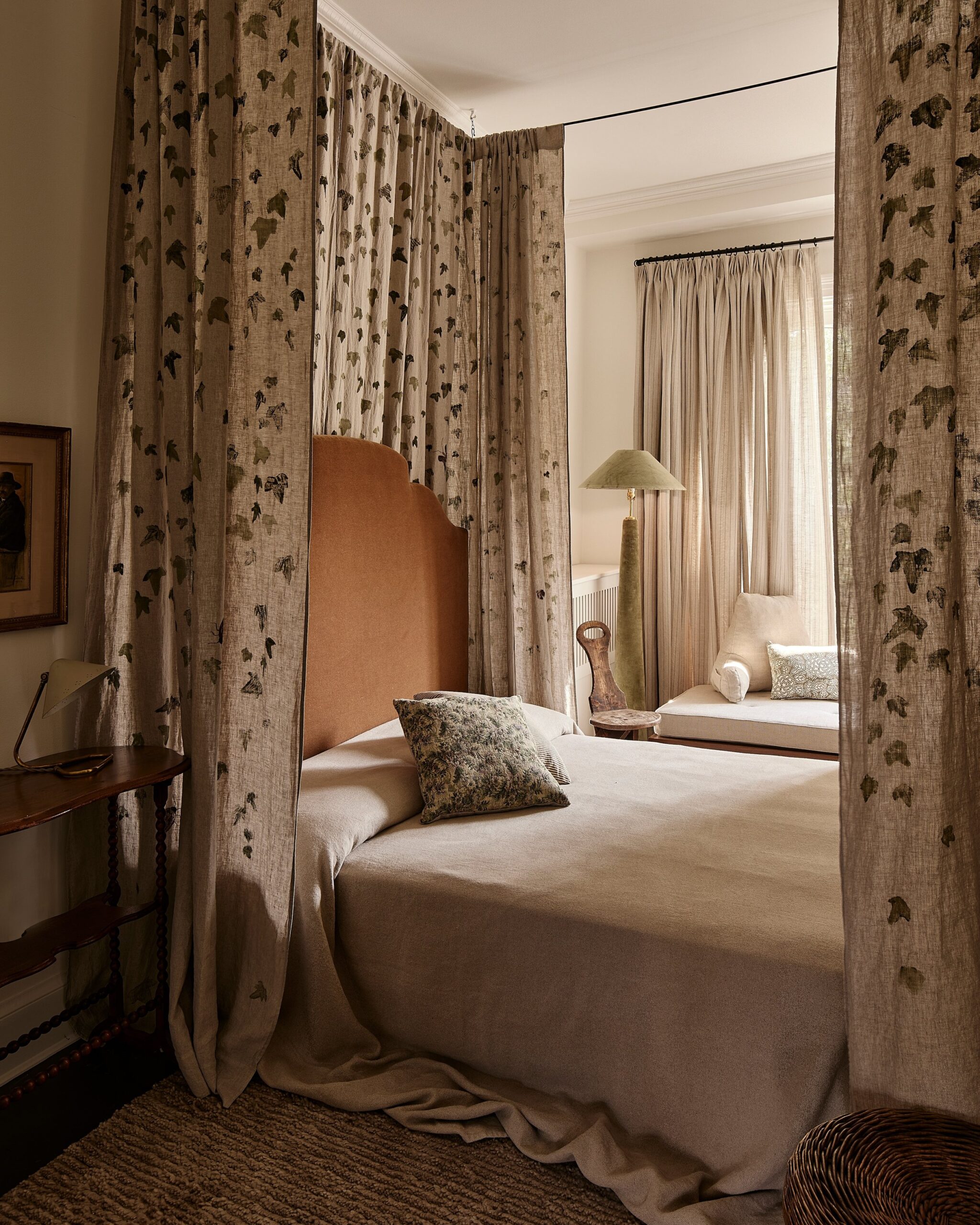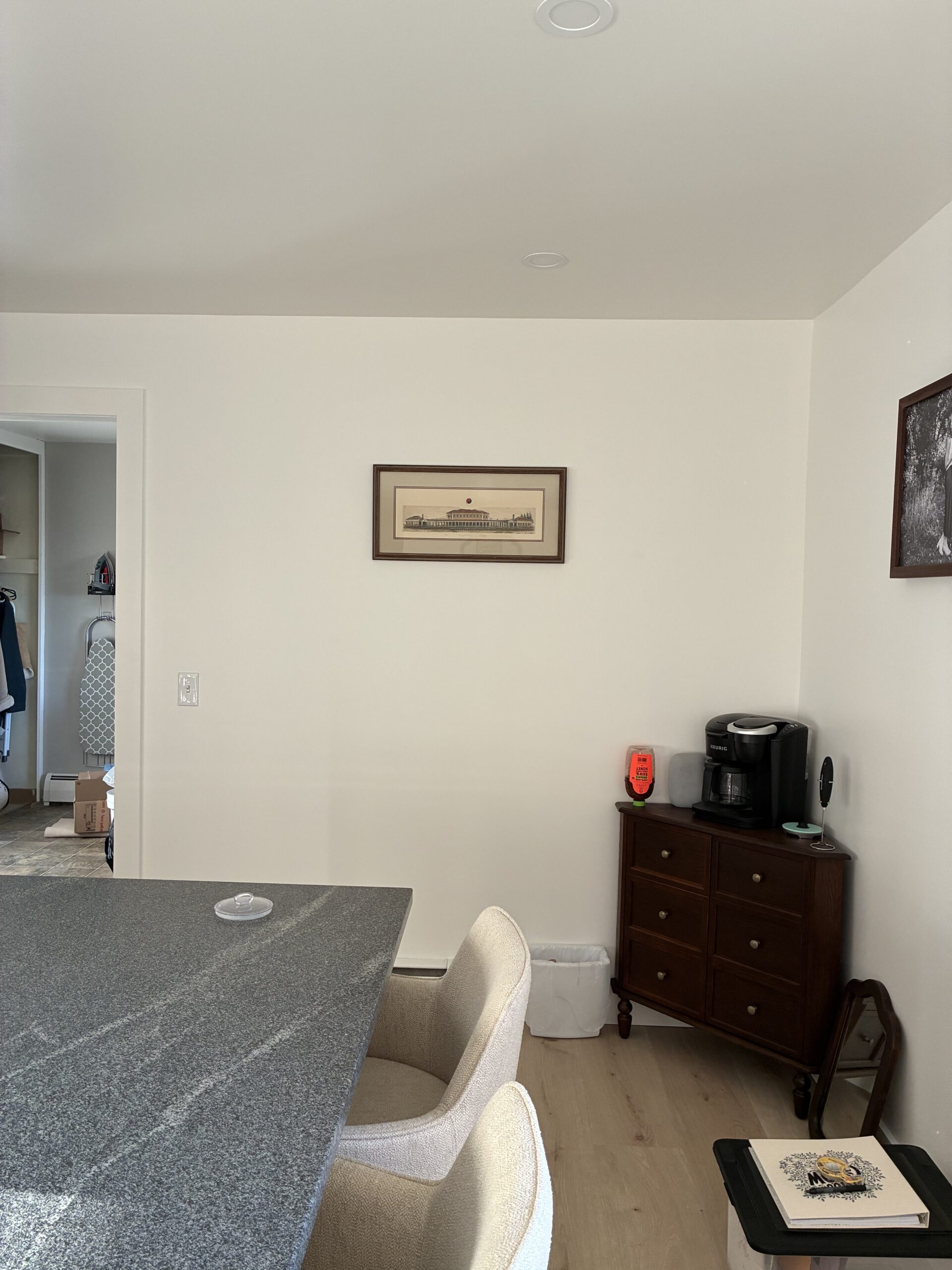This post contains affiliate links.

DESIGN NOTES
Does Every Room In Your Home Have A Focal Point? It Needs One
Plus the difference between a focal point and an accent wall
SHARE THIS ARTICLE:
If you look through an interior designer’s portfolio you’ll notice a common thread – every room has a focal point. Whether it’s obvious or not, designers make sure every room has one wall, object, or architectural feature that pulls your attention first and foremost. It’s a way of creating visual organization for the brain. And it works! Without a focal point, a room can feel scattered and void of proper flow. So, let’s dive into what a focal point is and how we can create one.

I’m a firm believer that when you’re designing a room, whether it be a living room, bedroom, or kitchen, you should start by deciding where your focal point will be. Without one, the room can feel lost and scrambled. Our eyes don’t know where to look first which makes it more difficult to process the room as a whole.
But when you create a focal point that attracts your eyes right when you enter the room, your brain has direction for how to absorb the room – starting with the focal point and wondering through the room to the smallest of details.
Creating a focal point can be achieved through many means including artwork, a large window, a fireplace, or furniture arrangements.
“A very common mistake in interior design is allowing all the furniture and decor to make equal demands on our attention – or, of course, the reverse.”
FRIDA RAMSTEDT
HOW TO CREATE A FOCAL POINT
Walk into your living room. What is the first thing you notice? What do you want the first thing you notice to be? If the two answers are the same, you have a focal point! If not, make some adjustments. Those adjustments could involve size, color, or placement to create a focal point.
SIZE
The variation of heights and sizes of your furniture plays a big role in what grabs your attention first. For example, if all your furniture is low to the ground, a tall hutch, a floor to ceiling fireplace, or curtains hung tall above the rest will be the first thing you notice when you walk into a room. If all the artwork on your mantle is small, but one large frame sits amongst them, you’re eyes will wander from biggest to smallest.
COLOR
When all the colors in a room fall into a similar category (muted, vibrant, or the same hue family) adding a color that steps outside of that category will naturally stand out from the rest. Hang a piece of artwork with a new color that compliments your existing color palette, yet stands out from the rest. For example, red artwork would pop when everything else in your room is green, blue, or neutral.
FURNITURE ARRANGEMENT
Most importantly, in order to make a focal point clear as day, arrange your furniture in a way that doesn’t obstruct your view or distract your attention from it.
FOCAL POINT VS. ACCENT WALL – WHAT’S THE DIFFERENCE?
A focal point is an object or an architectural feature on a wall that draws your attention.
An accent wall (also called a feature wall) is an entire wall that is different from the surrounding walls. An accent wall is usually painted a different color, has wallpaper, or has decorative wall mouldings – all of which are only on that one wall.
I always encourage homeowners to shy away from an accent wall and aim for a focal point instead.
Focal Points Worth Looking At

DO YOU WANT
The Inside Scoop
Where behind the scenes, exclusive advice, and candid conversations are sent straight to your inbox every week.


